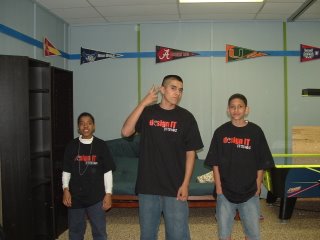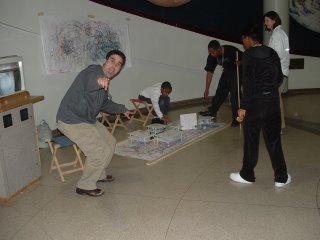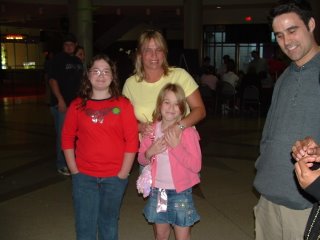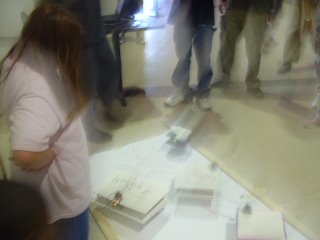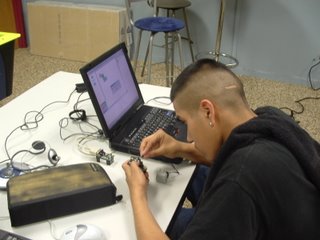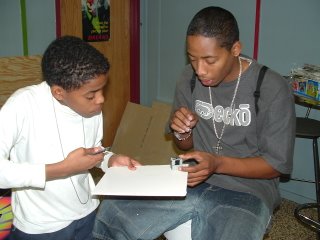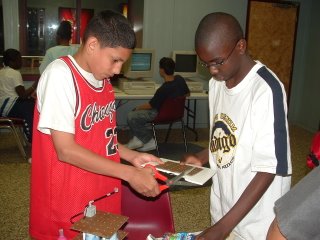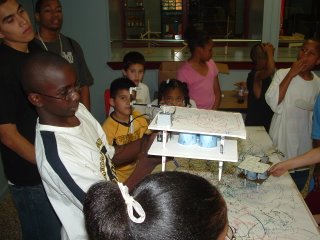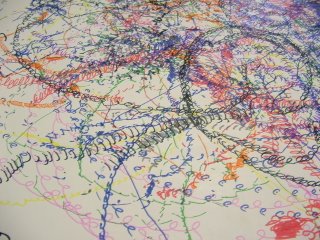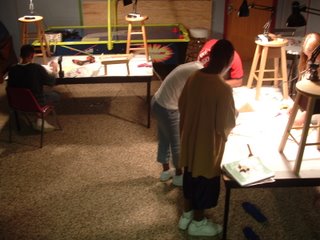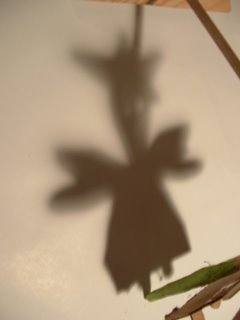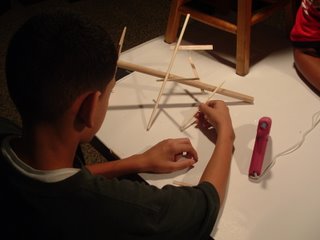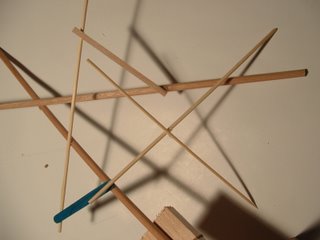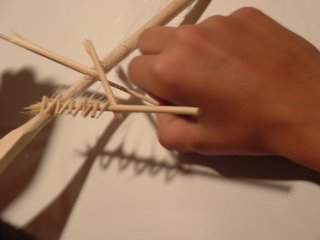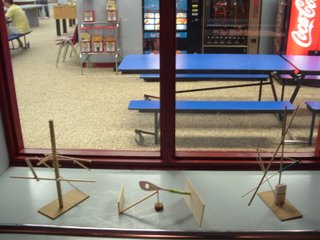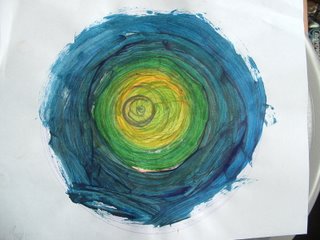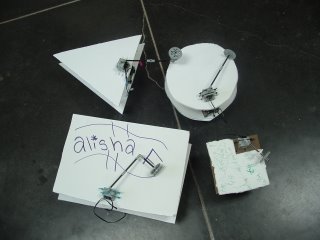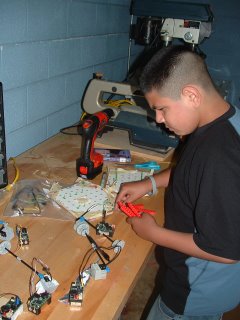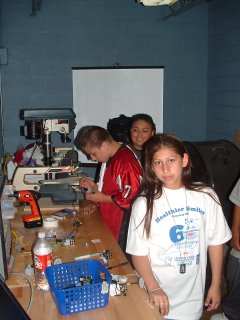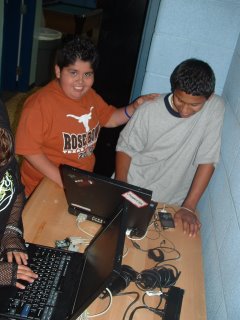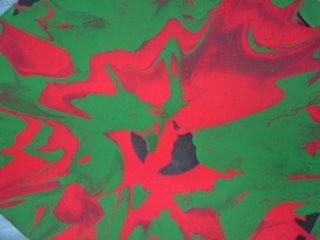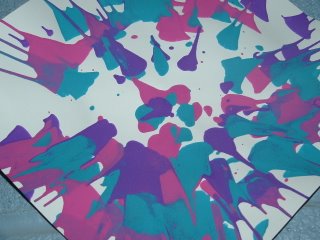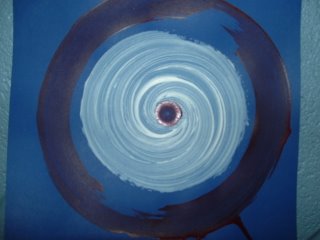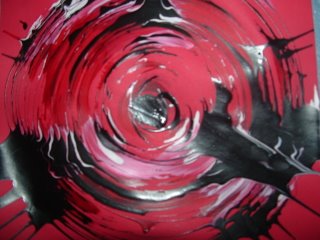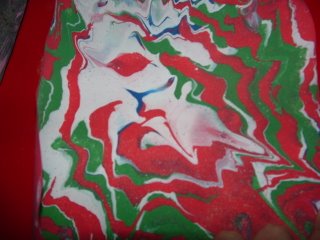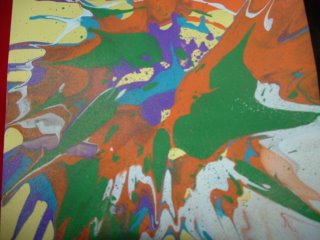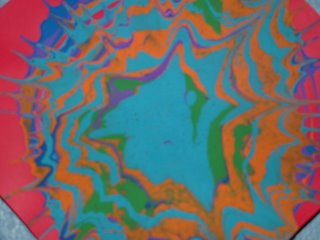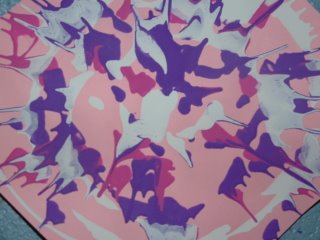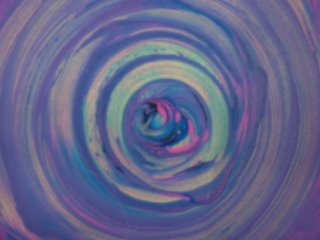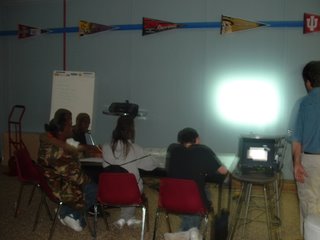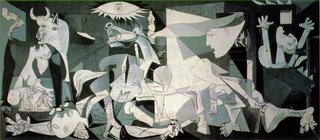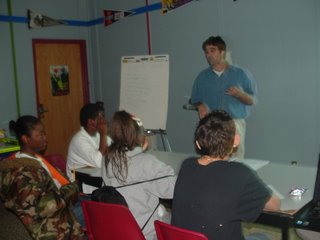Panther L.E.D. Races
Big Idea: Logoblocks competency through learnng to program L.E.D.'s FAST!
Date: Monday, May 1st and Wednesday, May 3rd
Groups Participating: Panther boy's and girl's club teens
Attendance: 6 teens
Directions: We set up 4 computers, each with transfer wires, transfer crickets, crickets, and l.e.d.'s attached. Then, after a little self guided exploration and some coaching here, the races began... I would announce to the competitors a series of colors in a particular order, then yell, "Go!". Whoever could create the series of colors the fastest would win. Jolly ranchers to the victor encouraged participation of six teens throughout the afternoon. Examples of the challenges include, from simple to complex, a police siren (red, blue, red, blue), a stoplight (green, yellow, red), a sunset (yellow, orange, red, purple, blue), the American flag (red, white, and blue), or their favorite challenge, a rainbow (red, orange, yellow, green, blue, purple). And for your eyes only as the instructor, here are the numbers to most of the colors we could think of...
white - 100 red, 200 green, 100 blue
pink - 100 red, 0 green, 20 blue
red - 250 red, 0 green, 0 blue
orange - 200 red, 100 green, 0 blue
yellow - 100 red, 100 green, 0 blue
green - 0 red, 250 green, 0 blue
blue - 0 red, 0 green, 250 blue
purple - 150 red, 0 green, 100 blue
Software: Logoblogs
Hardware: Laptops, transfer wires, transfer crickets, crickets, l.e.d. wires, l.e.d.'s
Other: Jolly Ranchers
Associated Skills: Cricket programming, l.e.d. programming
Associated Concepts: relating l.e.d.'s in everyday life (ie. cellphones, beepers) to thier own programming ability
Best part: The excitement of a win happened for everyone, and this activity forces them to quickly navigate logoblocks so the learnin' happened fast.
